Afghanistan 14-day Overland Expedition

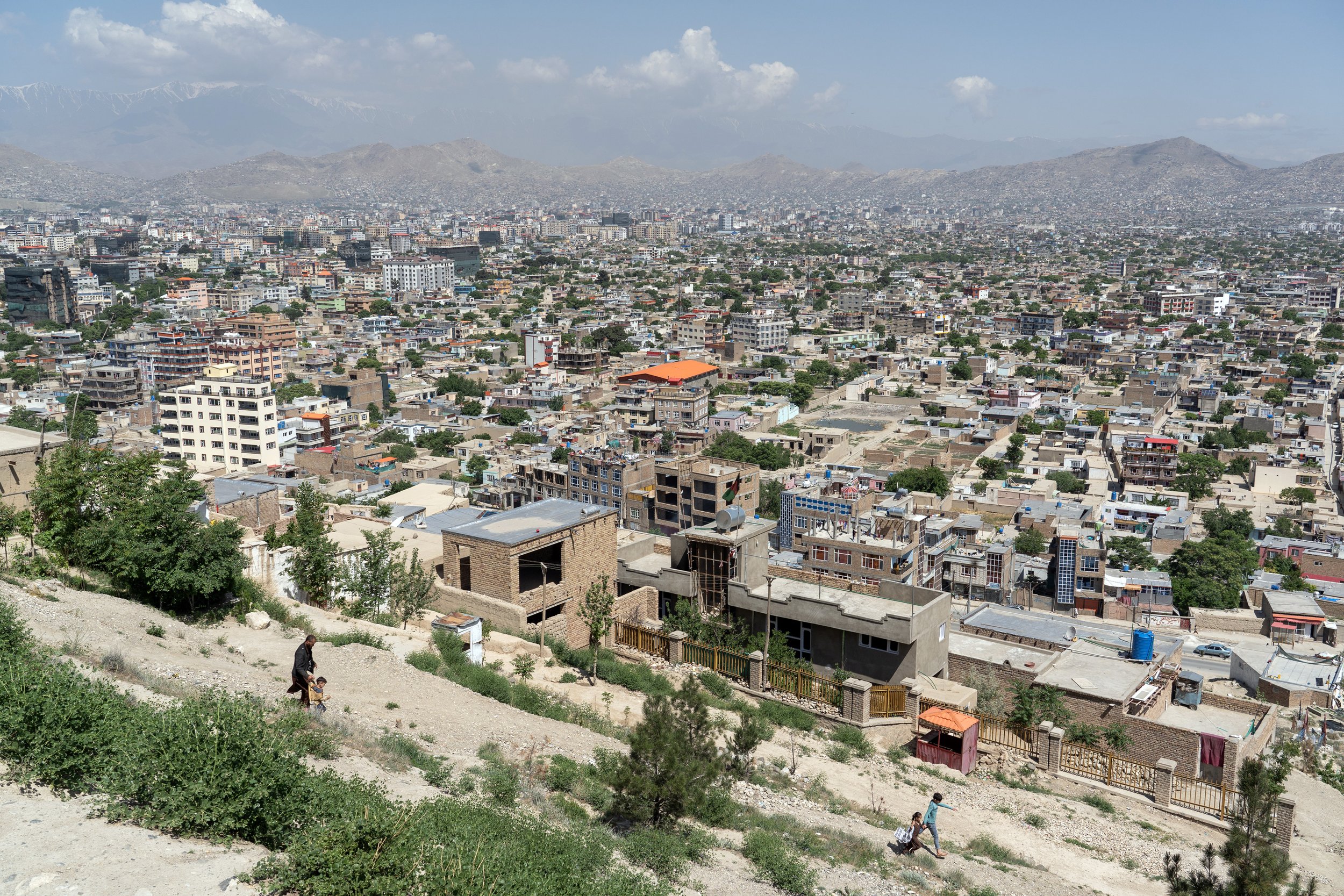
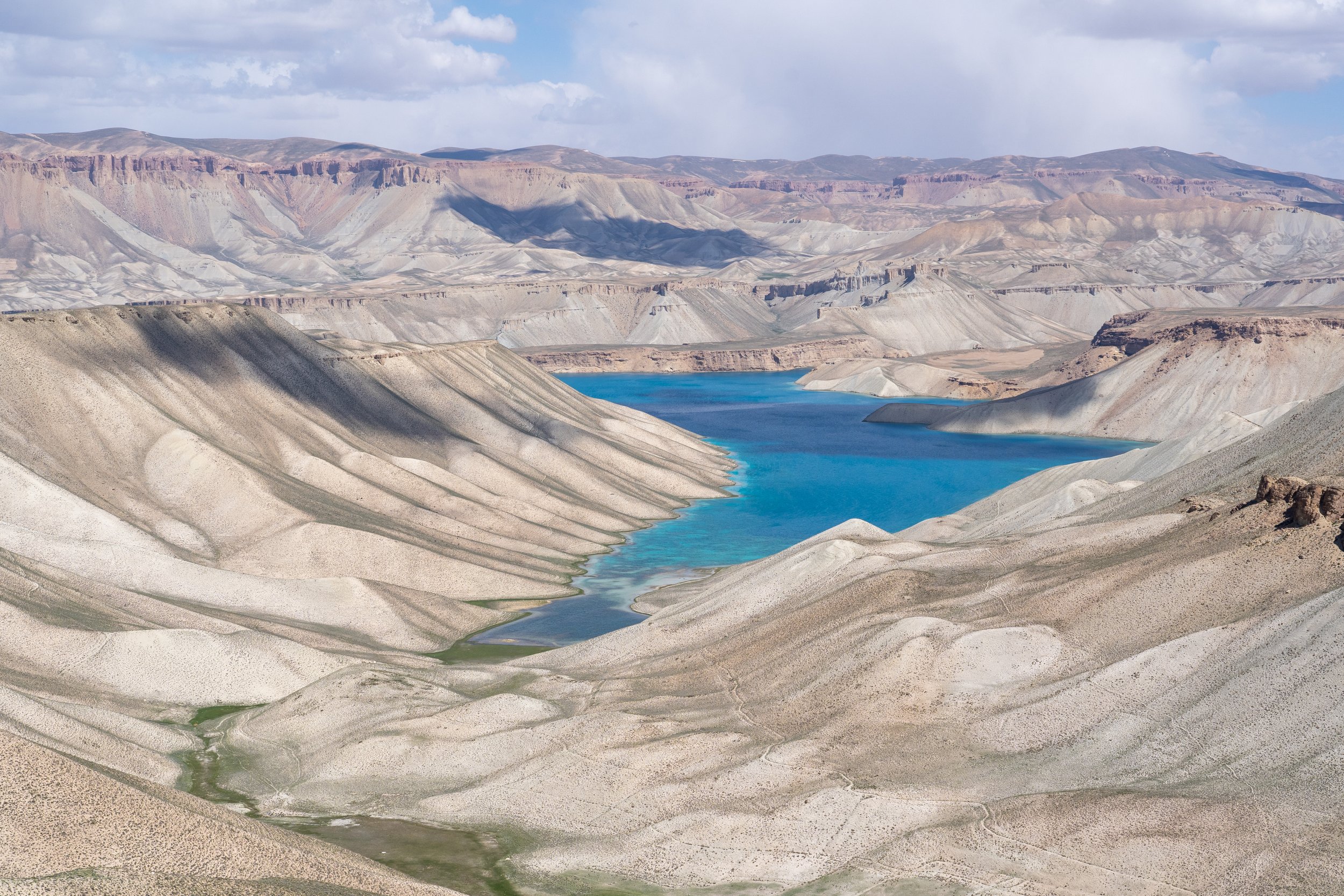
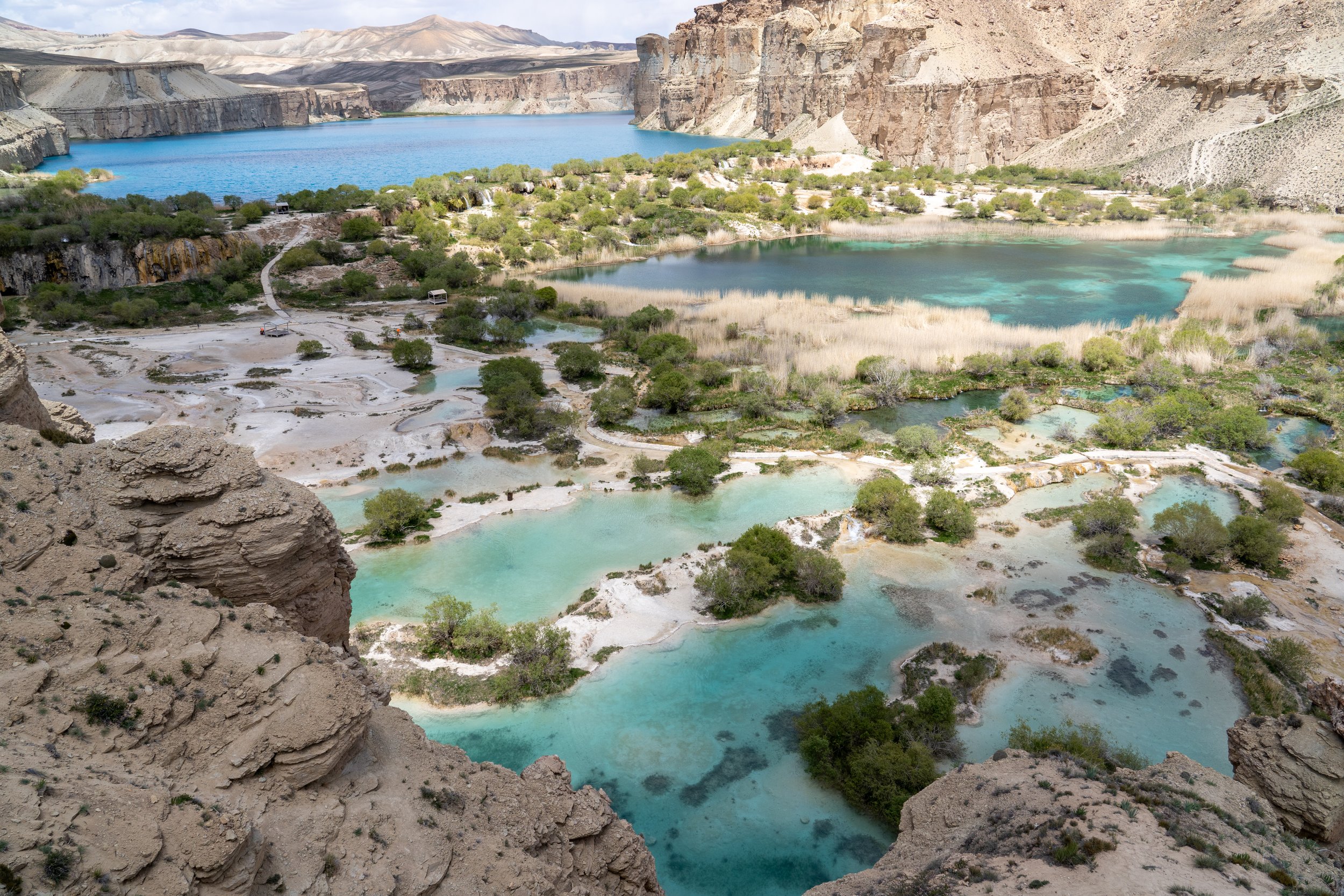
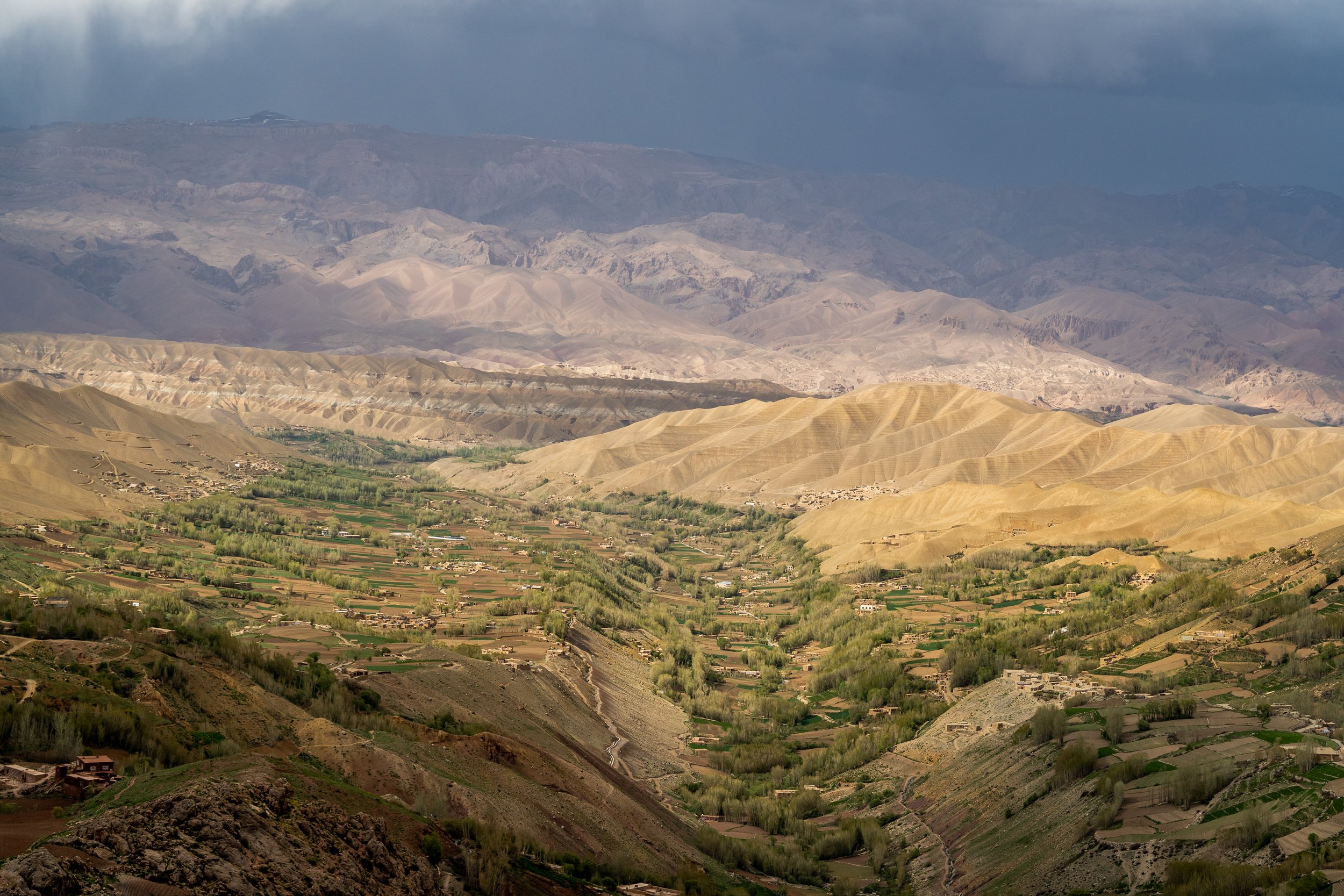
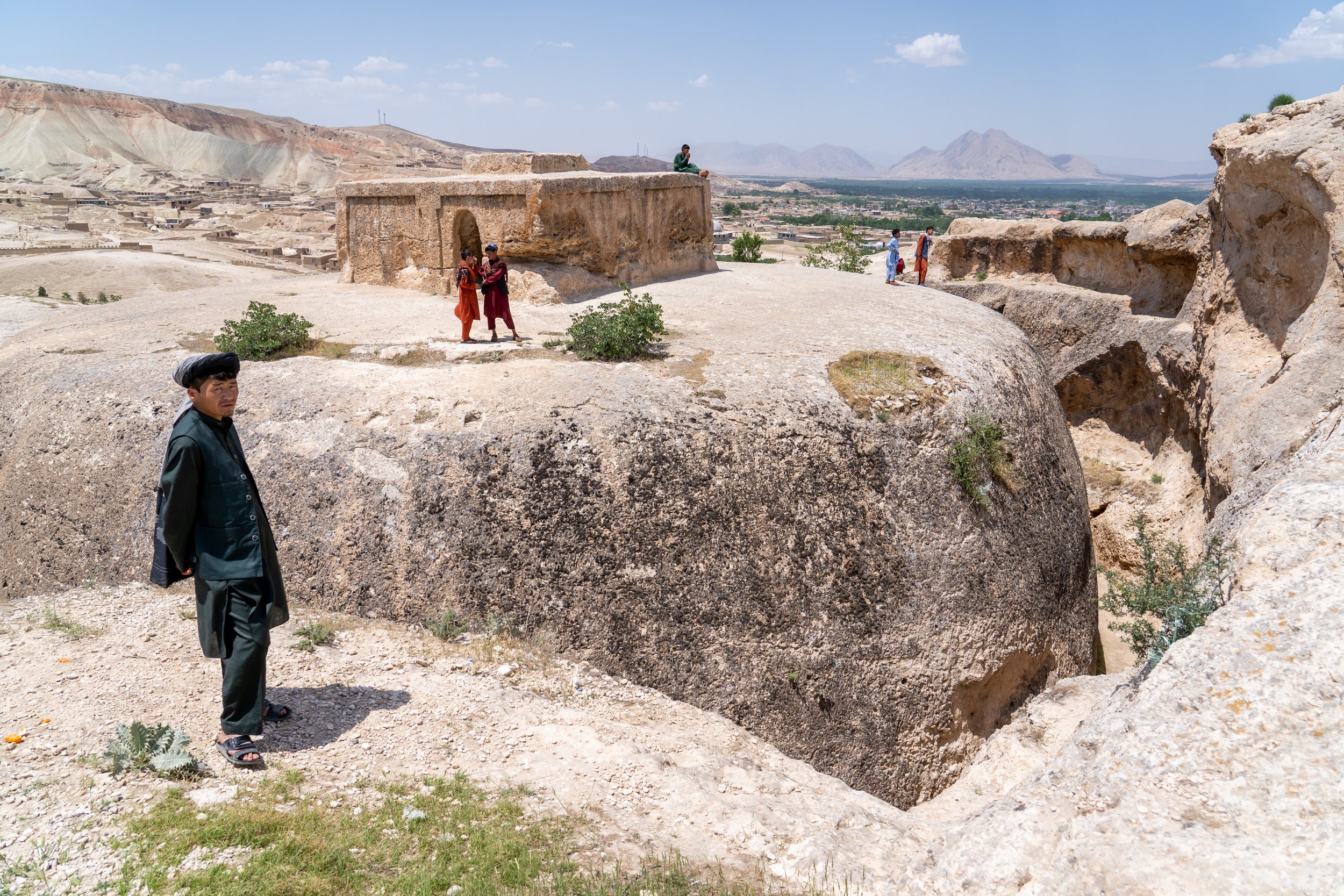
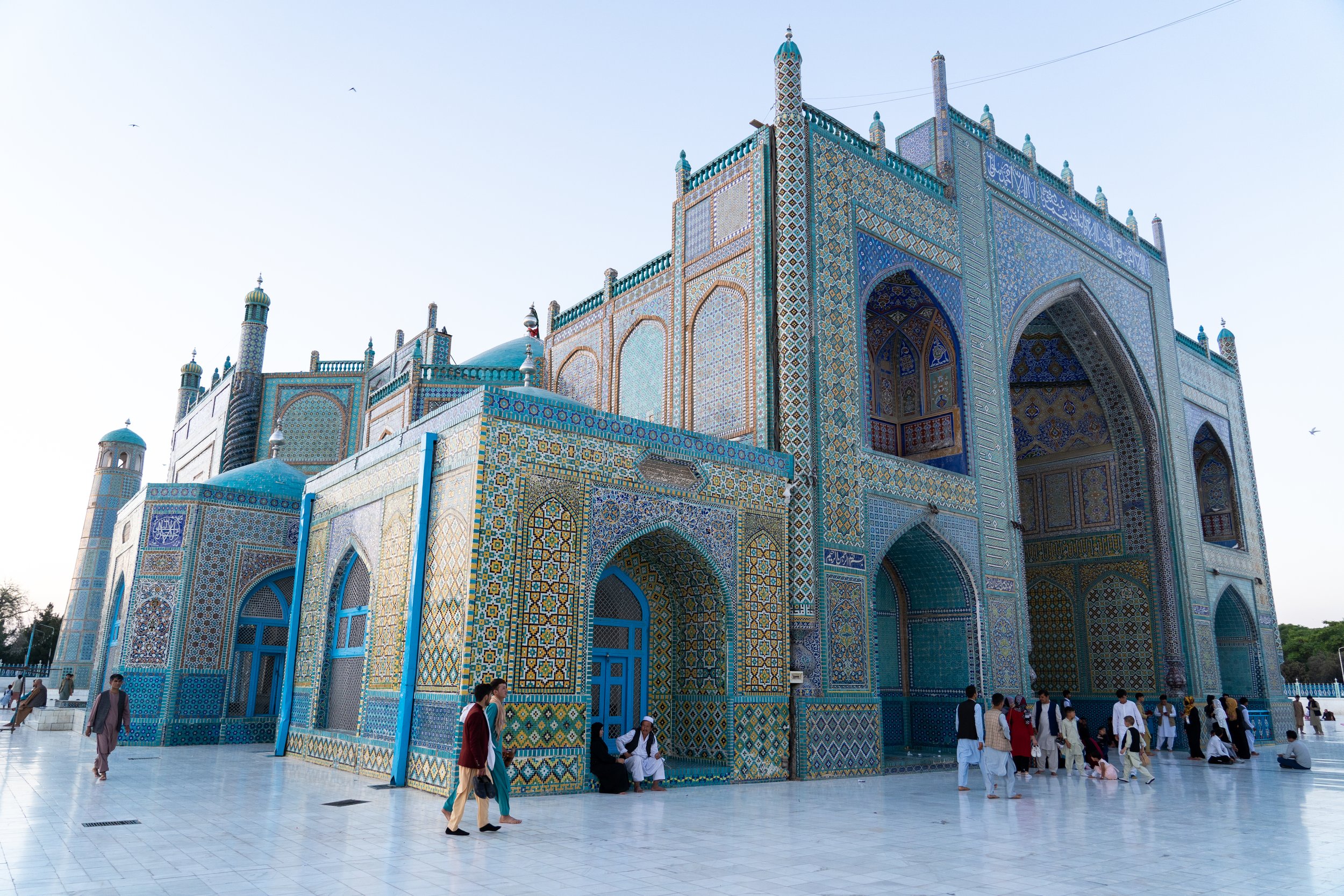
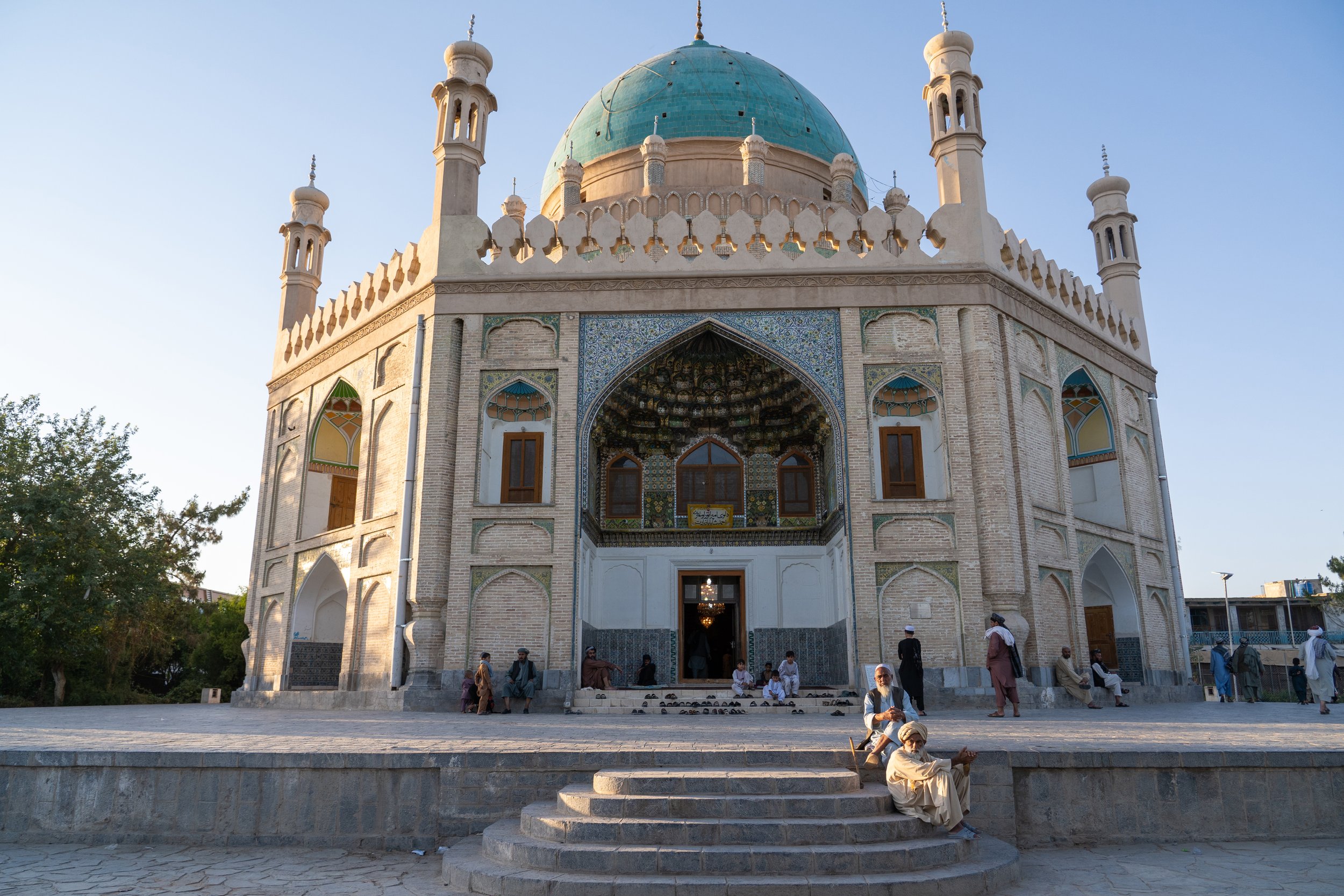
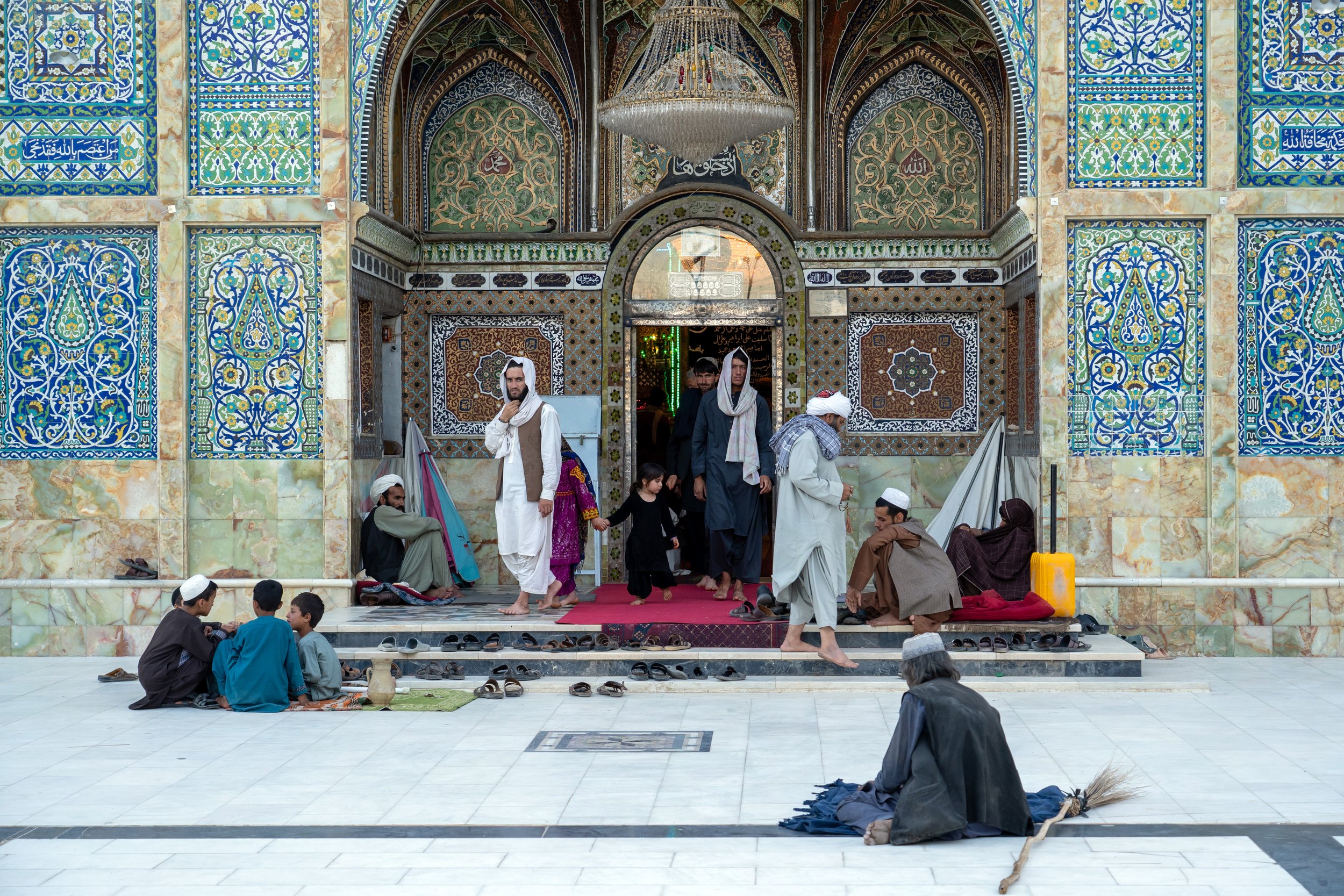

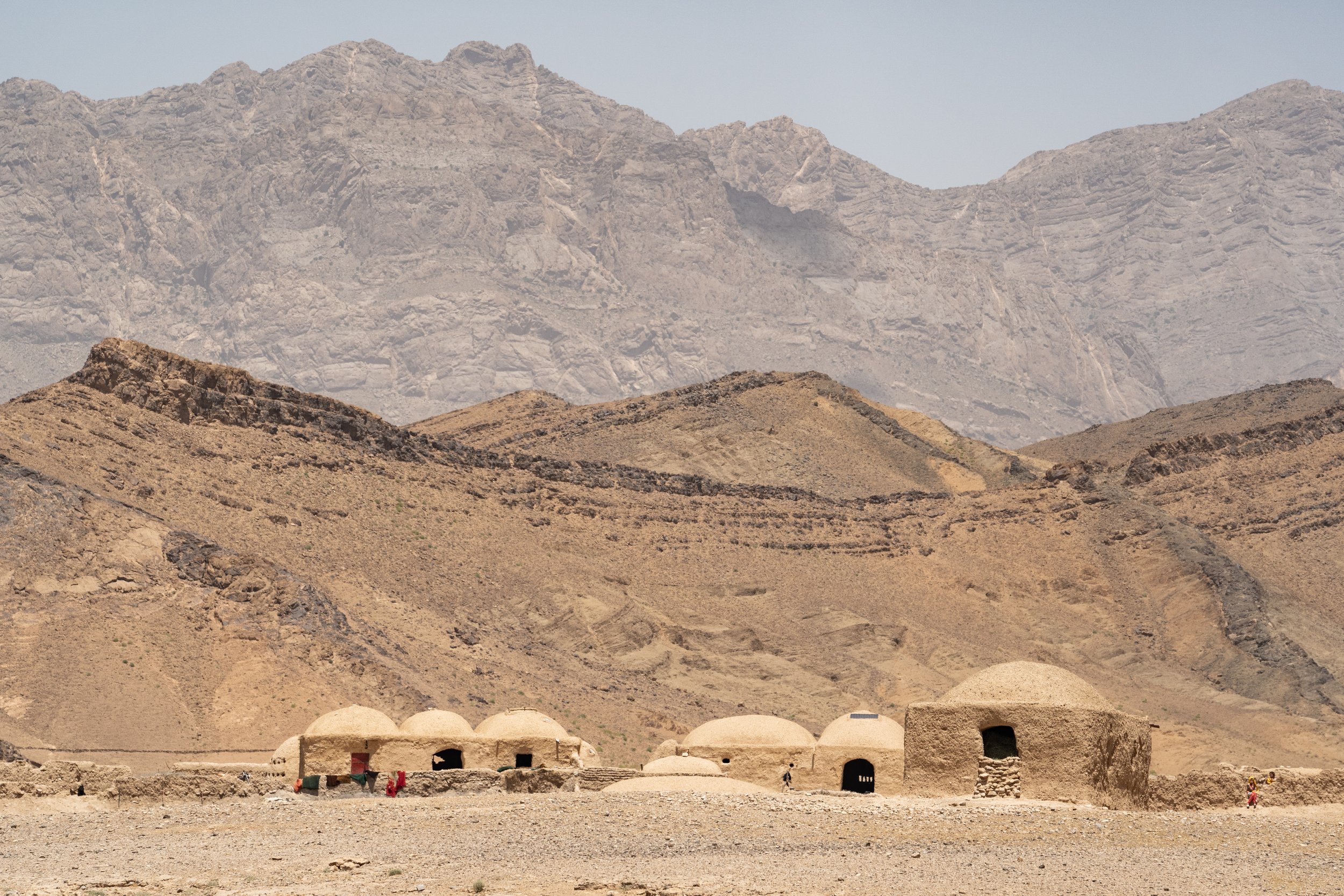
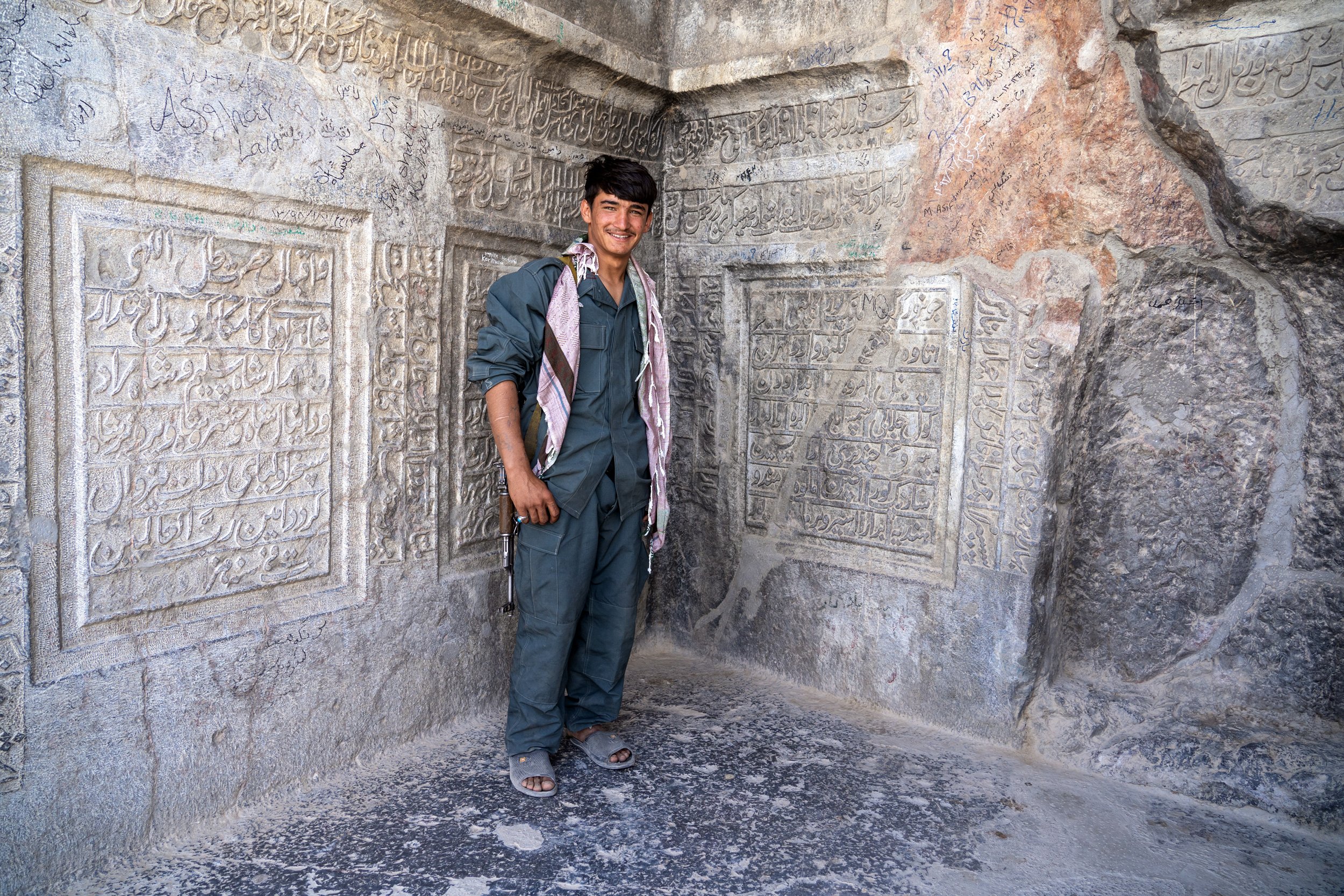
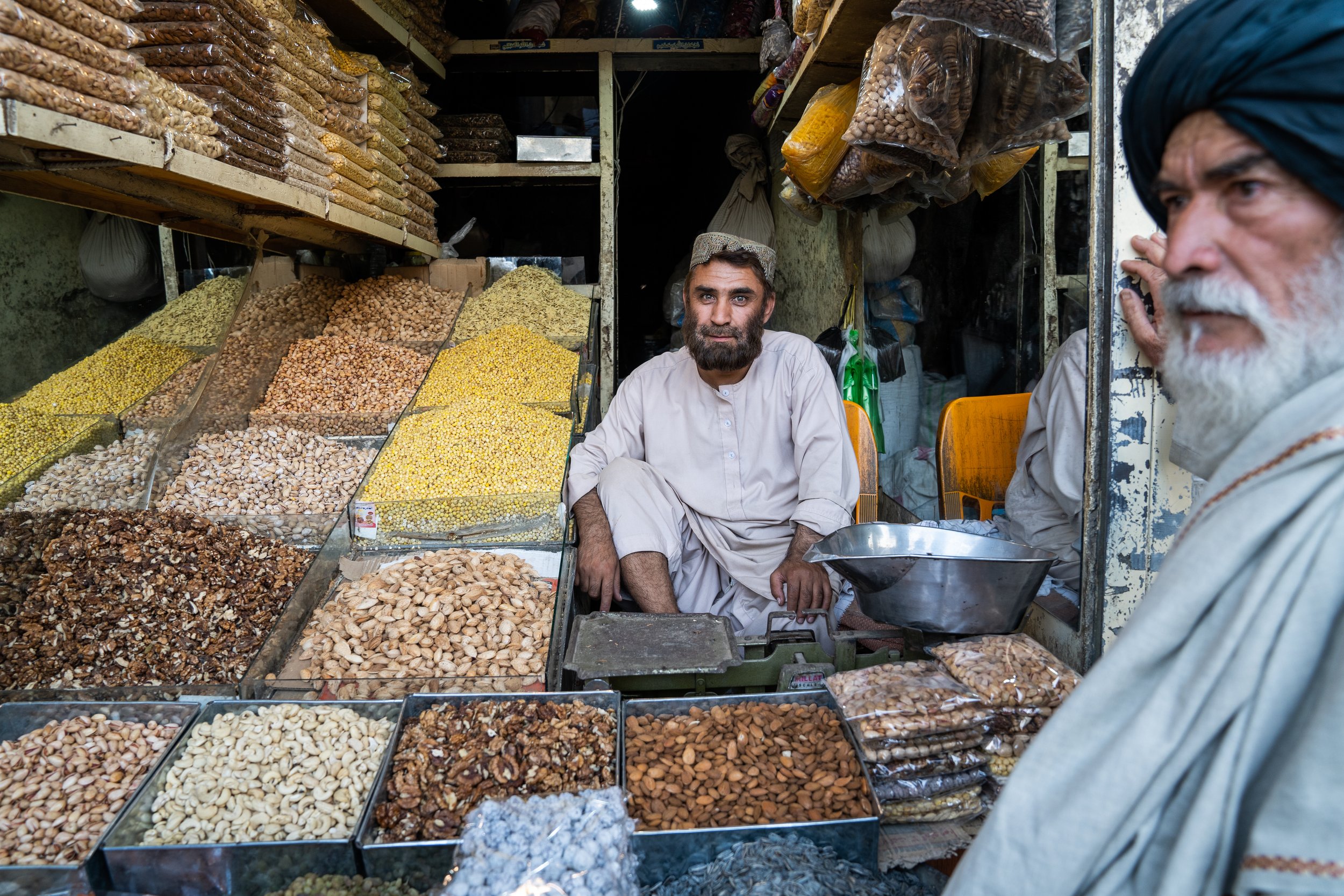
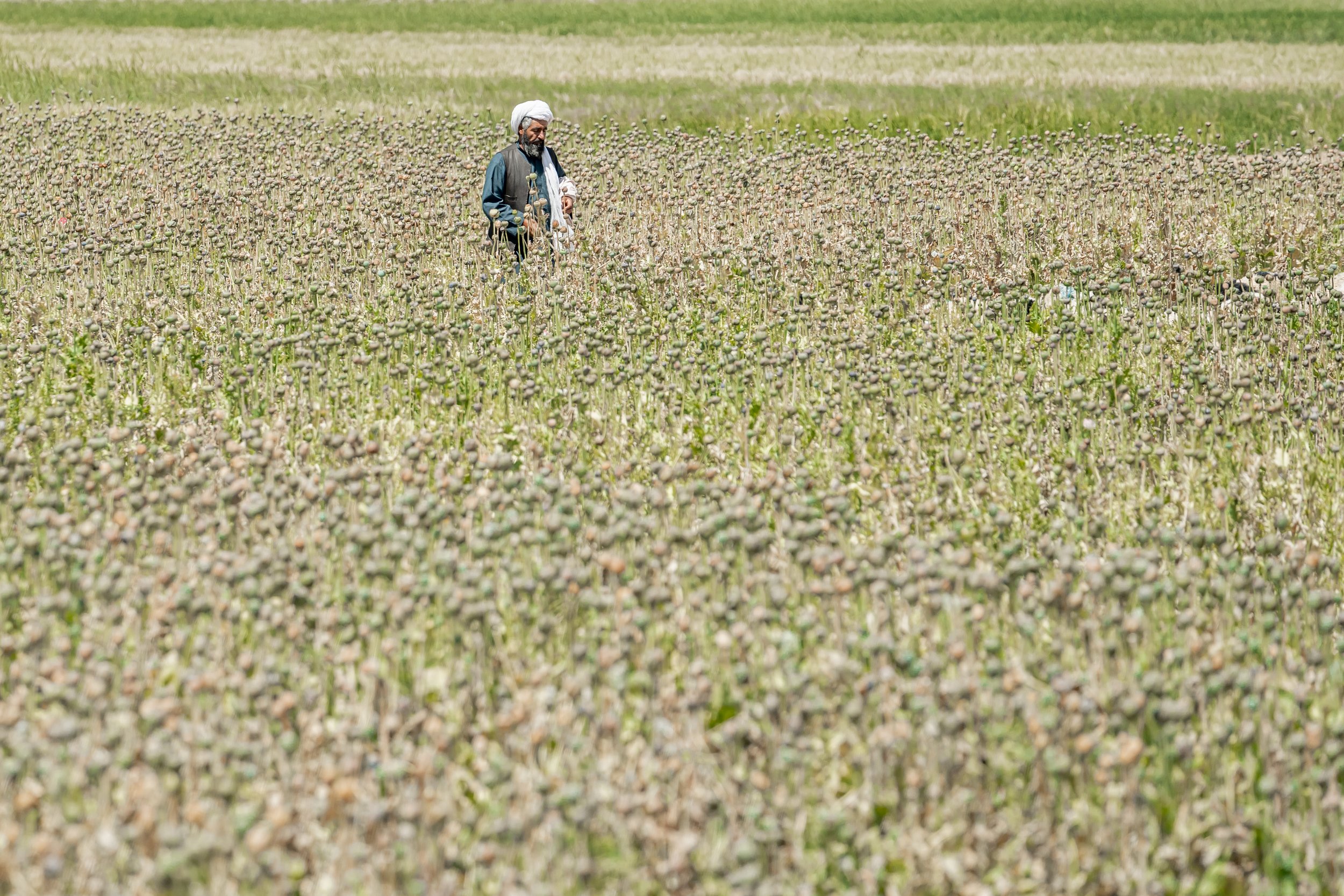

AT A GLANCE
This trip brings you across all of the major regions of Afghanistan overland, wasting little time and packing a ton of places, sites, and activities to really show you a diverse side of this complicated country.
Starting from Mazar-e-Sharif and ending back in Kabul, this trip brings you first to the northern regions to visit the Blue Mosque, the Stupa of Rustam, and old Balkh, before you drive into the Hazarajat— the ethnic Hazara homeland. There, you will visit the Buddha Niches, stroll the lakeshores at Band-e-Amir National Park, visit the ruined fort of Chihil Burj, and then make your way overland through the dusty and bumpy roads of Ghor to the Minaret of Jam.
From there, you will continue to the city of Herat, a gem of Persian culture before driving across the western desert to the Pashtun belt, exploring the city of Kandahar, the cultural homeland of the Pashtun people and birthplace of the Taliban movement. Finally, you’ll drive north to Kabul to explore the Afghan capital before departing.
This itinerary is only possible during the warmer months of May through mid-October, when the roads are free from snow.
DAILY ITINERARY
-
You will be met by your guide at Mazar-e-Sharif Airport after clearing immigration. You will be transferred to your accommodation in the city center.
-
Today you’ll explore the area around Mazar-e-Sharif, the largest city in northern Afghanistan and home to the famous blue mosque.
You’ll begin the day driving out to ancient Balkh, the birthplace of Zoroaster— the founder of Zoroastrianism— as well as Rumi the legendary Persian poet. While in Balkh, you will visit the Haji Piyada Mosque, the Tomb of Rabia Balkhi, a semi-legendary figure of Persian literature, the Khoja Parsa Mosque, and Bala Hisar, the ancient citadel built by Alexander the Great when he destroyed the Kurush Empire and crossed Amu Darya in early 330.
In the afternoon, you will return to Mazar to visit the spectacular blue-tiled Mosque of Ali in Mazar-e-Sharif. Many locals believe this mosque is the site of the tomb of Ali Ibn Abi Talib, the cousin and son-in-law of the Prophet Muhammad.
Overnight at a local hotel in Mazar-e-Sharif.
-
After an early breakfast, you’ll depart Mazar, heading south to the Stupa of Rustam (Takht-e-Rustam), located in Haibak district, Samangan province. The 1500-year-old complex contains a huge Buddhist stupa carved out of the bedrock, as well as a number of caves used as places of worship during Afghanistan’s Buddhist past.
After walking around the ruins, you’ll continue by road over the famous Salang Pass. What will certainly feel like never-ending switchbacks, this pass was built by the Soviets as a road link between Kabul and the north of the country (including easy access to the former Soviet Union).
After crossing the pass, you’ll continue through Ghorband to Bamyan, the heart and soul of the Hazarajat— Afghanistan’s ethnic Hazara heartland and one of the most peaceful and progressive parts of the country.
Overnight at a local guesthouse in Bamyan.
-
Today you will visit the Buddha Niches of Bamyan, where the great Buddha statues used to stand. The great Buddhas of Bamyan were two 6th-century monumental statues of standing Buddha carved into the side of a cliff. Much to the dismay of the rest of the world, they were destroyed in March 2001 by the Taliban. However, remnants of the statues as well as wall paintings remain in some of the caves. You will then visit Shahr-e Gholghola— otherwise known as the City of Screams— a 13th-century city that was conquered by Gengis Khan after months of resistance. In the afternoon, we will visit the natural landscapes of the Darre Ajdaha Dragon Valley and walk around the Bamyan bazaar.
Overnight at a local guesthouse in Bamyan town.
-
After breakfast, you’ll set off for the blue lakes of Band-e-Amir in Afghanistan’s first national park. The park consists of a series of six deep blue, lapis lazuli coloured lakes separated by natural dams made of travertine, a white mineral deposit. The name Band-e Amir literally means "Commander's Dam," which is believed by some to be a reference to Ali, the first Imam of the Shia Muslims. This area is dominated by ethnic Hazaras, who make up around one-fifth of Afghanistan's population.
Here, you can walk around the lakes, hike up to several viewpoints around the area, go boating and visit the area’s many restaurants and shisha lounges set up for local tourists.
Overnight at a guesthouse in Band-e-Amir.
-
You will begin the day with an early morning drive from the lake to Yakawlang to visit Chehel Burj— the Forty Tower Fort— in the north of Yakawlang District. Chehel Burj is located between the Baba Mountains and Betab Lake, forming an incredibly stark and beautiful landscape.
The asphalt road will then give way to a dirt road after Yakawlang, which you will continue along until you reach the provincial capital of Ghor, Chaghcharan (6 hours).
Overnight at a local guesthouse in Chaghcharan.
-
Today will be another long driving day through the remote mountains of Ghor province on the way to the Minaret of Jam. From the provincial capital, it takes nearly 10 hours of off-road driving to reach the site, located in the extremely rural northwest corner of the province.
The Minaret of Jam was built by Ghiyath ud-Din during the 12th and 13th centuries, a period of history under the Ghurids— controlling what is now Afghanistan, eastern Iran, Central Asia, northern India, and parts of Pakistan. The minaret was built in the style of the time, which included a tradition of early Islamic victory towers declaring the conquering power of Islam. The minaret itself stands alone and is one of the country’s most incredible monuments.
Overnight near the Minaret of Jam.
-
You can visit the minaret again in the morning for a different perspective of the site before heading out along the worst stretch of road for the entire trip— the bumpy overland trip down to Herat. The drive takes about 10 hours and is slow going until you reach the highway about an hour from the city center.
Overnight at a hotel in Herat.
-
After breakfast, you will visit the Tomb of Goharshad and the Minarets of Herat, and the Musallah complex— the Mosque and Madrassa of Gawharshad. These architectural monuments were dynamited by officers of the British Indian Army in 1885 to prevent their use as a fortress if the Russian army tried to invade India; however, the tomb and minarets still remain standing today.
You will then visit the atmospheric shrine of Khoja Ansari at Gozar Gah (or if you’d like you can tour the reconstructed Herat Citadel), before going for a stroll around the Herat bazaar, one of the most lively old-style markets in Afghanistan and distinctly Persian in culture.
In the late afternoon, you can visit Herat’s most sacred site, the Friday Mosque.
Overnight at the Bustan hotel in Herat.
-
After breakfast, you will begin the drive south into the Pashtun belt of Afghanistan. You will drive through the western desert along the Iranian border through Nimroz and Farah provinces of Afghanistan before dipping into Helmand and Kandahar.
This road was almost entirely impossible to drive until the fall of the former government to the Taliban, as it was almost entirely controlled by the militant group.
The road is a rarity in Afghanistan, in that it is entirely paved and in good condition, making the distance much more manageable. You’ll stop along the way to take photos and check out nomadic Kuchi settlements before reaching Kandahar city center. The entire drive takes about 7-8 hours.
Upon arrival in the city, you can visit the Kandahar bazaar, the Mosque of the Cloak, and the Shrine of Ahmad Shah Durrani, the founder of modern Afghanistan. These two adjacent sites are the holiest and most sacred places in the city, representing the power of Islam along with the foundations of Pashtun identity and Afghanistan as a nation-state.
Overnight at a hotel in Kandahar.
-
You’ll spend the entire day touring Kandahar city. Kandahar is the second-largest city in Afghanistan and the cultural home of the Pashtun people and the Taliban movement.
You can check out a few of the local sites, including the Kandahar Museum containing rarely seen pieces of art, the Shrine of Baba Wali, Chil Zena (forty steps) monument, the Tomb of Ahmad Shah Durrani, and the Sarphosa Bazar. We’ll also visit one of the most famous sites in Afghanistan, the Mosque of the Cloak of the Prophet Mohammad. One of the holiest sites in Afghanistan, it contains what is said to be a cloak worn by Prophet Mohammad during his famous night journey. The cloak is locked away inside and has not been taken out since 1996 when Taliban leader Mullah Omar held it in his hands.
Overnight in Kandahar.
-
After breakfast, you’ll begin the final stretch of long-distance driving, going from Kandahar to Kabul. The road used to be a very dangerous drive with temporary Taliban roadblocks set up and regular roadside bombs, but is now fully secure. This trip is now safe to drive which gives us a very different perspective of Afghanistan compared with what past travelers experienced, traversing Zabol, Ghazni, and Maidan Wardak provinces.
The drive is roughly 10 hours without stops.
Overnight at a hotel in Kabul.
-
Today is dedicated to exploring Afghanistan’s capital city. You’ll visit the Bibi Mahru hill for a view over the entire city, the Gardens of Babur, Chicken Street Souvenir and Handicrafts Bazaar, the famous Kabul Bird Market, the Shah-e Doh Shamshira Mosque, the Sakhi Shrine, and the National Museum.
Overnight in Kabul.
-
Your guide will drop you off at the airport according to your flight schedule. No planned activities.
PRICING
-
1 traveller: $5520 USD per person
2 travellers: $3160 USD per person
3~6 travellers: $2730 USD per person
-
Accommodation in local hotels and guesthouses (mid-range).
Three meals daily.
Travel permit letters.
Visa invitation letter.
Guide.
Private ground transportation with driver and petrol.
Entrance tickets per the itinerary.
-
Flight tickets.
Afghan visa (must obtain abroad).
Personal spending.
Insurance.
Additional food and drinks.
Tips for local staff.
-
Single supplement accommodation: $30 per person per night.
Hotel upgrades (speak with your guide to arrange in advance, costs are based on hotel pricing).
Domestic flights if desired.





